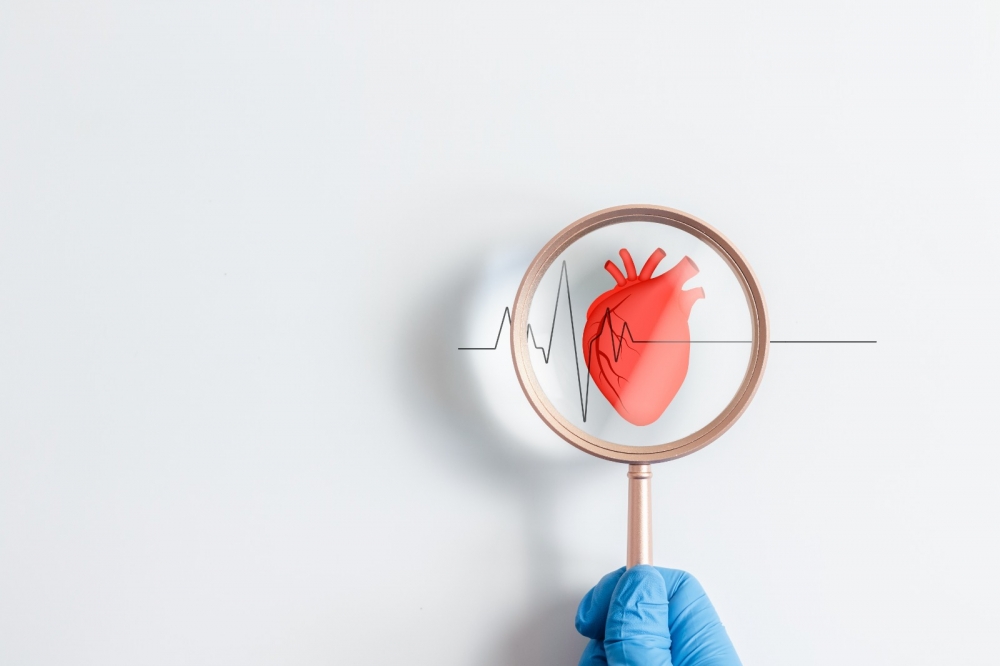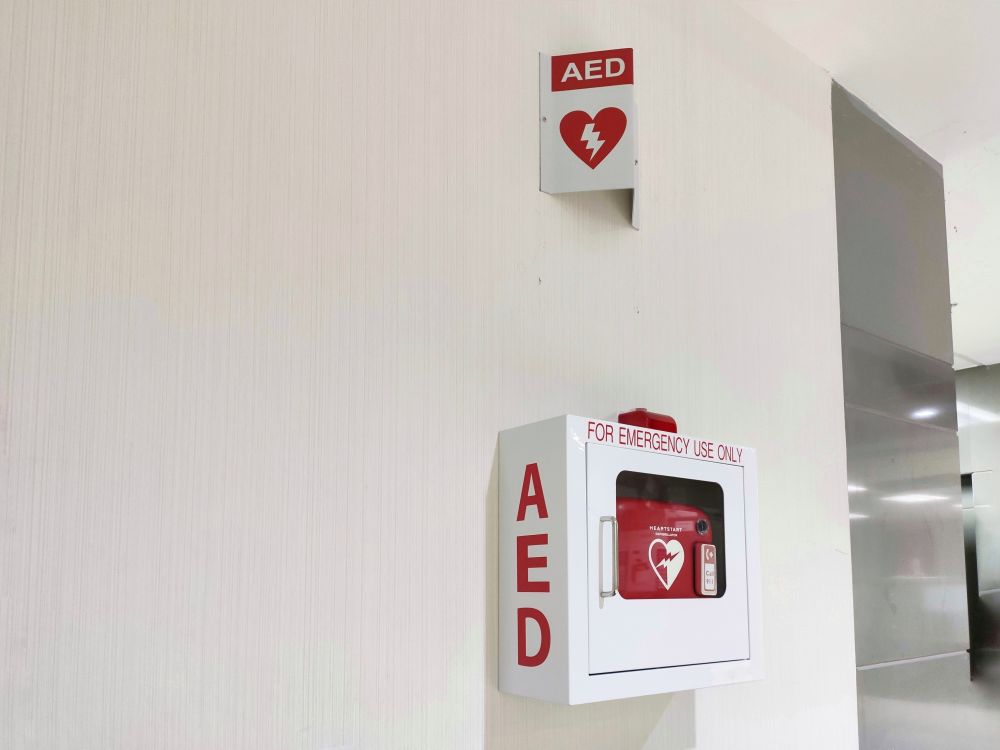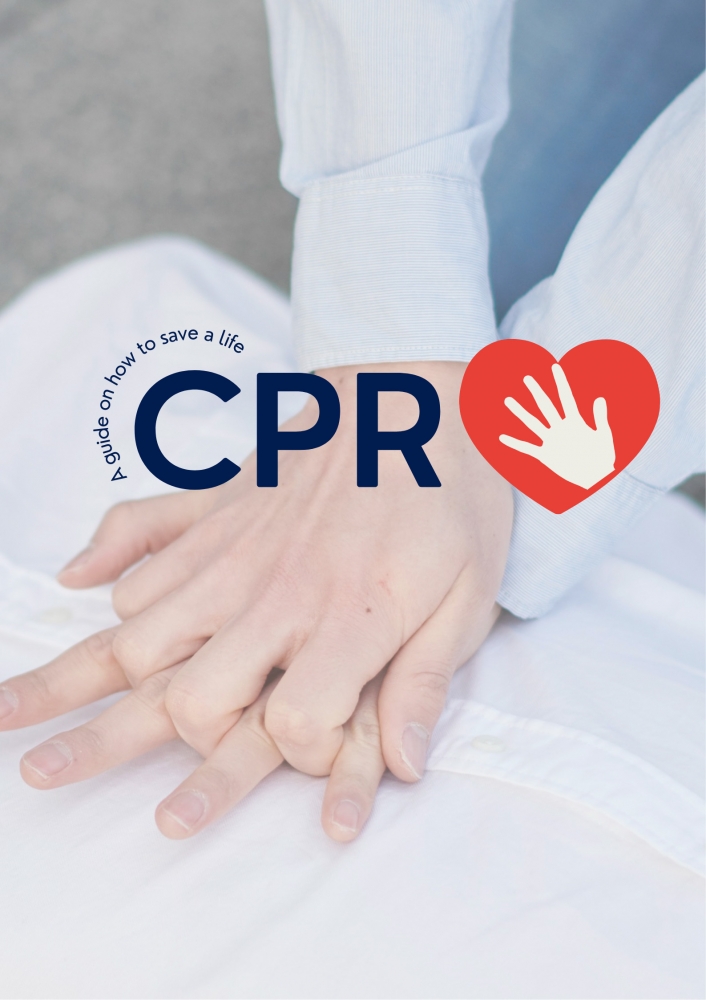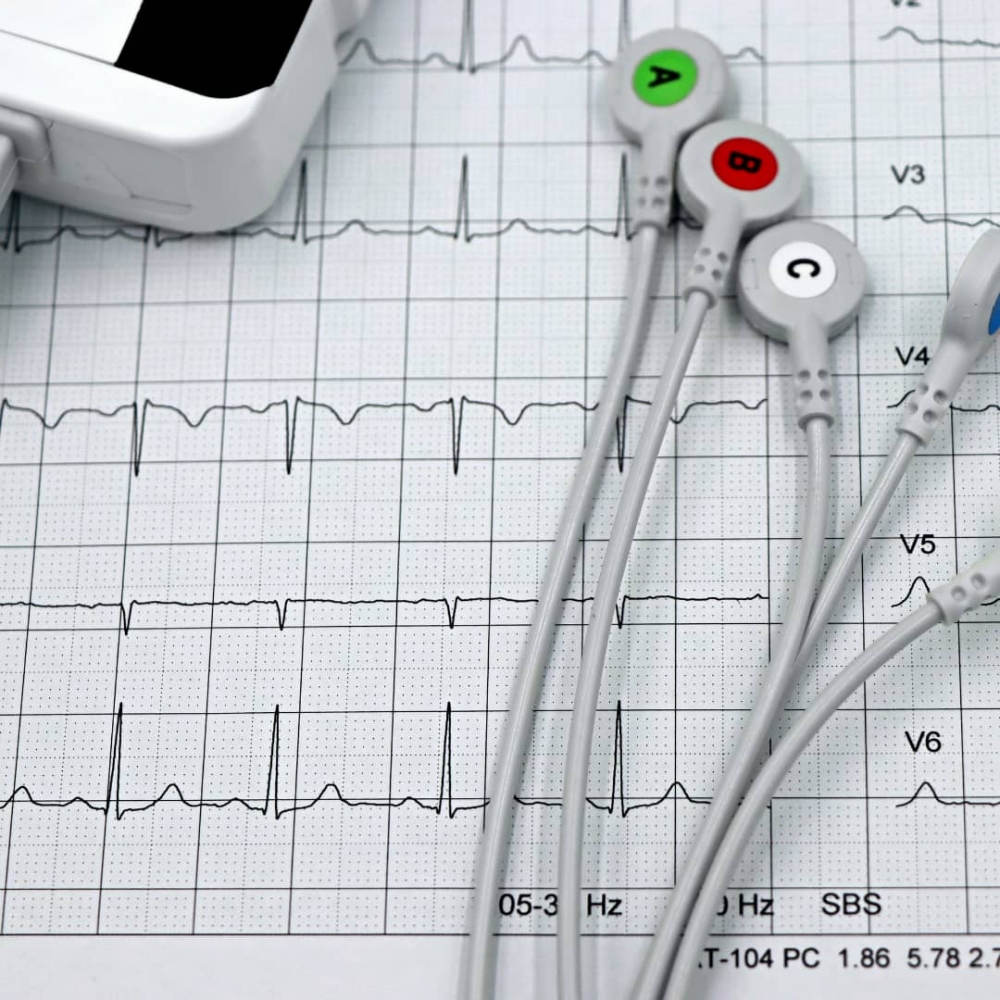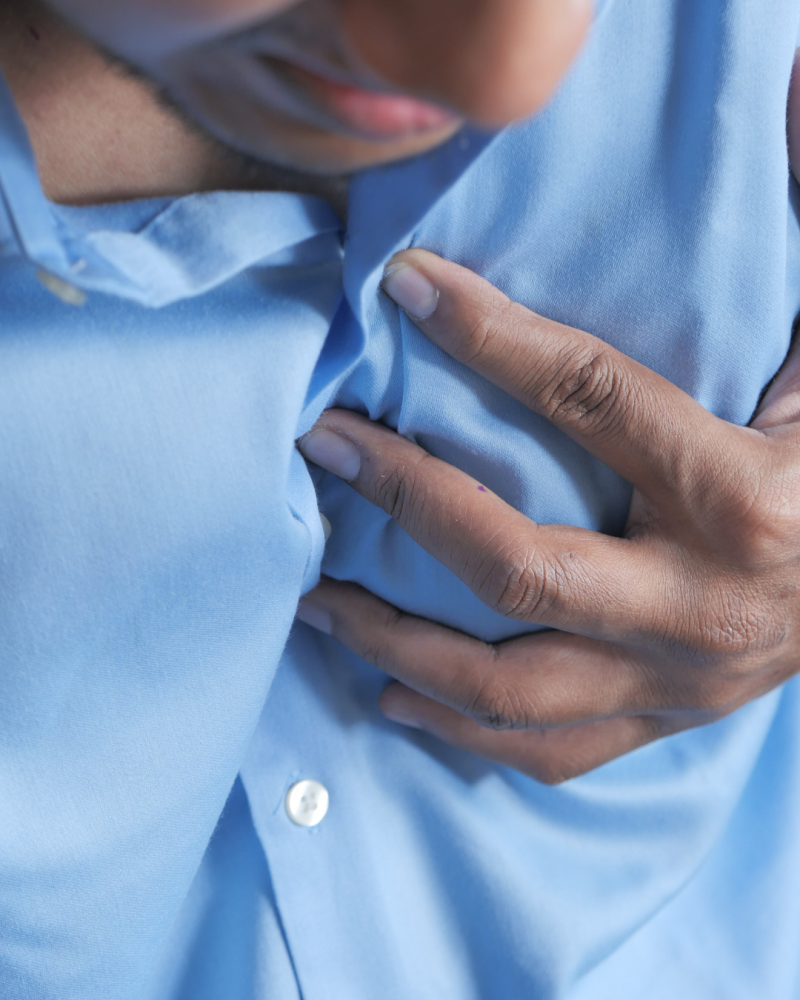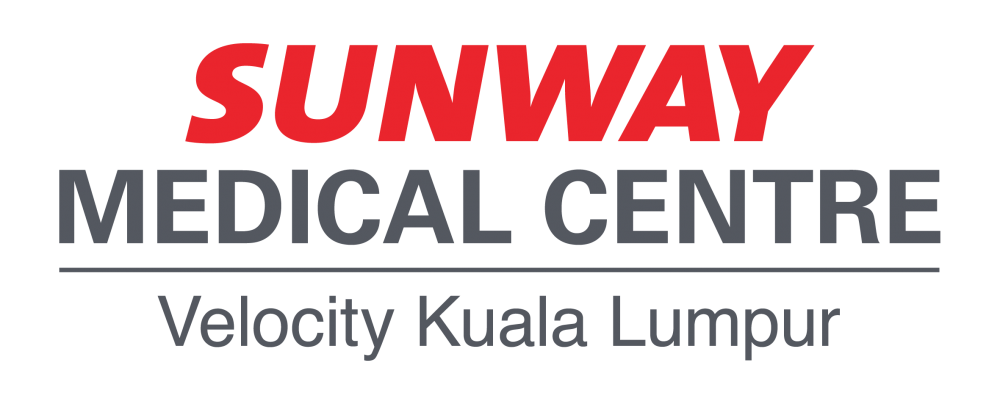Repetitive Transcranial Magnetic Stimulation (rTMS) For Stroke Recovery

According to Dr Kok Chin Yong, Repetitive Transcranial Magnetic Stimulation (rTMS) works very well with traditional stroke rehabilitation activities to stimulate the recovery of function for stroke patients.
WE often equate stroke rehabilitation with speech, physical and occupational therapy. But these are not the only options.
A painless and proven method for stroke rehabilitation, which has been available for many years in developed nations, is now available in Malaysia.
According to consultant neurologist and internal medicine physician Dr Kok Chin Yong, besides the above mentioned methods, we can also stimulate the brain repetitively to try and regain lost function.
This method of rehabilitation is called Repetitive Transcranial Magnetic Stimulation (rTMS) – which is a non-invasive medical procedure.
“There are no needles or drugs involved. It involves stimulating a very small and specific part of the brain with an electromagnetic field via a machine that at its heart consists of a capacitor and a coil.
“This capacitor emits pulses that go through the coil in the machine, generating an electromagnetic field.
“Then, the electromagnetic field creates an electrical current in the part of the brain that is targeted, which then produces action that can potentially change the activity in the brain. This can either reduce or increase the cortical activity in the brain,” says Dr Kok.
In essence, the rTMS machine can be adjusted to produce different frequencies and intensities of pulses that are used to change the brain activity.
“By modulating a patient’s brain activity, we can change the interneuron connectivity that has been damaged by the stroke to improve and enhance brain neuroplasticity (the brain’s ability to change and adapt to stimuli),” he says.
So when the brain adapts and “rewires”, the lost functions can be regained with varying degrees of success. And the whole process is truly painless.
“The procedure is carried out in the treatment room when a patient comes for his or her appointment, which means there is no hospitalisation needed. It takes about 20 to 30 minutes each session, with a minimum of 10 sessions required to see results,” explains Dr Kok.
Dealing with stroke
The consequences of a stroke can be devastating. Depending on the region of the brain it affects, it can bring about paralysis to different parts of the body, speech and swallowing impairment, problems with learning, memory, judgement, and awareness, and even depression, amongst other symptoms.
To regain function, stroke rehabilitation is essential, and it is often instituted very soon after the catastrophic event, within days after the stroke.
Stroke rehabilitation usually involves a combination of speech, physical and occupational therapy. And now, there’s the added option of rTMS. “This method has achieved level A evidence in recent guideline (implying a definite efficacy) for improving paralysis in stroke, especially for hand paralysis.
“There’s clear evidence that it works. All the data points that it can improve stroke symptoms, especially paralysis of the upper limbs,” says Dr Kok.
“There’s also increasing evidence that if targeted at different areas of the brain, it can improve speech and swallowing difficulties. It can also be useful in a phenomenon called ‘neglect’ which means there is poor awareness on either side of the body that could develop after stroke.”
According to Dr Kok, this technology was initially introduced to investigate the neural pathways from the brain to the peripheral nerves.
“The modern TMS initially started in the 1980s, and as the method evolved, evidence has been accumulated with regards to its efficacy in treating stroke patients.”
Dr Kok says that rTMS is best instituted in the sub-acute phase of stroke, which is about one week after the stroke.

Dr Kok Chin Yong says Repetitive Transcranial Magnetic Stimulation (rTMS) is a proven and effective treatment for stroke patients.
“The treatment has the best outcome if administered between one week and six months after stroke. Nevertheless, lesser efficacy can be seen if it is administered after six months,” he says, adding that this treatment should be applied alongside conventional rehab techniques to speed up recovery and improve function, especially for the arm and hand functions.
Although rTMS is an effective strategy to improve the brain function after stroke, it is limited by its availability (as well as the expertise to administer it) in Malaysia. rTMS is not only being utilised in stroke rehabilitation.
“It is being used to treat a few different conditions, such as tinnitus, chronic neuropathic pain such as trigeminal neuralgia, migraine, fibromyalgia, spasticity in multiple sclerosis, Parkinson’s disease and even depression. In fact, the US FDA has endorsed rTMS as a treatment for depression,” says Dr Kok.
Awareness of this treatment is still rudimentary, to say the least, in Malaysia.
“There are many ongoing studies about rTMS. Some are looking at shortening the treatment period from 20 to 30 minutes, to 5 to 10 minutes, using a technique called theta burst stimulation (TBS). You can integrate this treatment method into your daily routine with minimal disruption to your lifestyle.
“Studies aside, what we have here is a proven and effective treatment to help stroke patients recover and regain a measure of function. And it is available in our country,” he says.
Dr Kok Chin Yong is a consultant neurologist and internal medicine physician at Sunway Medical Centre Velocity (SMCV) in Cheras, KL.
KKLIU 3178/EXP 31.12.2025.
返回Suggest to Read
